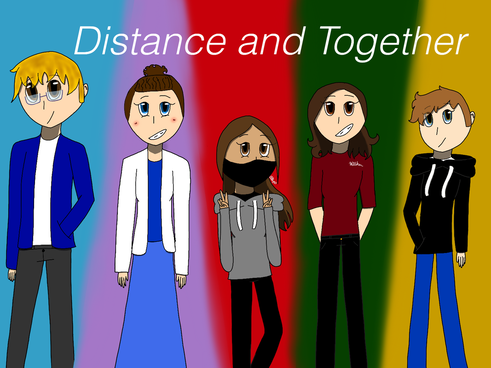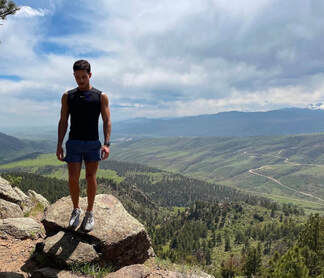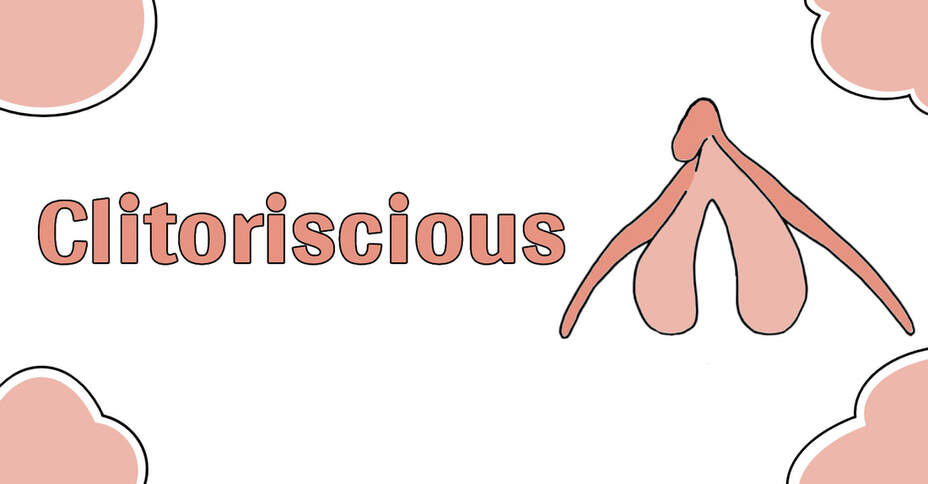By Esme Canelos
For many, 2020 was a challenging and difficult year. By April 2020, the COVID-19 pandemic hit the world and flipped it upside down. Globally, borders, countries, and cities shut down very quickly. Isolation set in and for many, so did panic.
While the country had been hit with a pandemic, an endemic had been growing in severity. An endemic of teenage substance abuse.
Teens across the world use drugs and alcohol for a variety of reasons, whether that be self-medication or sensation seeking. Addiction is a disease that impacts people in different ways. There are various organizations to help treat people with addiction.
One such organization is Wildcats Anonymous. They host sober events for students in recovery at the University of Arizona, and have a mentor program to help students reach sobriety. The executive director of the program explains that lockdown left many people struggling with self control. “We weren’t exposed to the outside world, and it caused self reflection and self-reliance,” she said. Many people found themselves struggling with their pre-established or developing addictions.
While the country had been hit with a pandemic, an endemic had been growing in severity. An endemic of teenage substance abuse.
Teens across the world use drugs and alcohol for a variety of reasons, whether that be self-medication or sensation seeking. Addiction is a disease that impacts people in different ways. There are various organizations to help treat people with addiction.
One such organization is Wildcats Anonymous. They host sober events for students in recovery at the University of Arizona, and have a mentor program to help students reach sobriety. The executive director of the program explains that lockdown left many people struggling with self control. “We weren’t exposed to the outside world, and it caused self reflection and self-reliance,” she said. Many people found themselves struggling with their pre-established or developing addictions.




